Ragnar Tørnquist didn’t always start out wanting to make games, however. He originally had an interest in film, and even went to New York University to study at the Tisch School of the Arts, which is the University’s center of performance and media arts. Despite this, games were never too far from his life. On his (now defunct, but thankfully archived) blog, Ragnar relates how, in his teens, he coded a parody adventure game called “Peasant’s Quest” for the Commodore 64 in reaction to reading about King’s Quest (he hadn’t actually played it.) Given the advances games were making in storytelling in the early 90s, Ragnar found himself drawn back to the industry. It was in 1994 when he began his video game career at Funcom.
Here at Cliqist, we were very excited for Dreamfall Chapters, and with the release of its second installment, we were all a-twitter. So imagine our joy when Ragnar Tørnquist agreed to chat with us? Given his busy schedule, we cut down on the chit chat and went straight to business! What follows are the answers exchanged over email.
Cliqist: You’re credited with popularizing the term “modern adventure,” which has been used to describe contemporary adventure games that take advantage of the latest in software and technology to push the limits of interactive storytelling. That said, Dreamfall Chapters is set to be released for PS4. How will the game be making use of the system’s unique features, such as the touch pad and controller speaker?
Ragnar Tørnquist: I’m not sure I popularised the term, but I did talk a lot about the ‘modern adventure’ back when we were working on the first Dreamfall — both as a way to distance ourselves from the traditional point-and-click roots of The Longest Journey, and to make a point about the genre in general.
Back in 2005, adventures were ‘dead’ — it’s seen a massive renaissance since then — and since we were making an Xbox game, we saw a need to modernise how adventure games were presented and experienced. It was, after all, a relatively unknown genre to console gamers.
There’s certainly no lack of adventure games today, both for PC and consoles, and while that makes it easier to find a market, it’s also harder to stand out — there are so many excellent titles out there.
We’re still in the process of porting the game to the PlayStation 4 and making the most of the hardware. We haven’t quite nailed down how we’re planning to use the touch pad and speaker, but we do intend to use both — the latter, most likely, for incoming phone calls (on Zoë’s ‘IRIS’ system).
Cliqist: Back on August 2013, you tweeted positively about your experiment with Dreamfall Chapters on the Oculus Rift, despite saying earlier on Eurogamer.net that a release for the headset was unlikely. Has there been anymore discussion about that happening, or has the focus shifted to achieving that with Red Thread Games next project, Draugen?
Ragnar Tørnquist: We have a beta version of Dreamfall running on Oculus hardware, and it looks pretty damn good. It’s a weird thing, playing a third-person adventure with a VR headset. I never thought it would work…but it does. It’s strangely intimate. You’re so close to Zoë and Kian, it almost feels intrusive — like you’re invading their personal space — but it’s incredibly immersive. I love it…in short doses. I get horribly seasick after about ten minutes!
It’s not quite ready for release, however. The GUI still needs work, there are visual glitches, and due to general uncertainty about when the Oculus is actually going to be released, we’ve decided to put the version on hold…for now. We might switch over to Valve’s new headset instead, but we’re still evaluating. It’s definitely not our highest priority at the moment.
Cliqist: Let’s talk about the game itself a bit. Globalization seems an integral part of Dreamfall’s cyberpunk world, and yet the people of Europolis still seem very much at odds with each other, culturally and ideologically. Is Dreamfall Chapters somehow commenting on technology’s shortcomings in terms of connecting people, or instead, humanity’s shortcomings in failing to properly utilize it?
Ragnar Tørnquist: Good question. I think the answer is “both”.
The primary technology in Chapters — the Dreamachine by WATIcorp — isn’t about connecting people at all, but rather about disconnecting people from each other and from reality, making them vulnerable and exploitable. It’s about isolation, about trapping people inside this technology that’s designed to— well, that’d be spoiling it, but WATI isn’t doing anything for the benefit of humankind.
I see Europolis — specifically Zoë’s neighbourhood of Propast — as a place where people are connecting outside of, and despite of, technology. Where, at least in the beginning of the story, there’s still a need and a desire to meet other people face to face.
As the story progresses, this changes. Zoë is more and more isolated from the world; both due to technology, to the corporations clamping down on people’s freedom, and, well, because we keep killing people off.
But, yeah, we’re drawing parallels between our world today — a world where communication and interaction is more and more driven by technology, where surveillance is all-pervasive, and where politics and public discourse is more and more polarised — and this cyberpunk future where everything is about digital data, virtual experiences…and manufactured dreams.
Cliqist: The Longest Journey series is known for its predeterministic philosophy, but in Dreamfall Chapters, there is a focus on choice and consequence. How do you reconcile these two things for players? Why the change in direction from earlier TLJ games?
Ragnar Tørnquist: Oh, but they are one and the same!
While Chapters allows players to shape their story to some degree — choices do have consequences, and in many cases you get entirely different gameplay experiences based on the decisions you make — it all leads to a common conclusion.
The story has a will of its own, and while certain characters will live or die based on your decisions, and while your paths to the end may differ, everyone reaches the same conclusion.
In Book Two, one decision you make very early on is an obvious example of this. Kian can decide to join the rebels or reject them. One option leads to the end of the world — with no way back. You either quit the game for good, or you make a different choice. This may not be the most subtle comment on predetermination — more like a thematic sledgehammer — but we want players to understand that the game world has a will on its own, and it’s going to impose its will on the player characters.
Simultaneously, we’re also exploring the idea of how you never know what your choices will lead to. Your choice of lunch in Book One, for example, has far-reaching consequences in Book Two. It seems like a minor thing, but that’s often how it is in the real world — little things can lead to life-changing events.
We’re still bound by the greater story, however. Or at least our characters are. There’s no escaping the pull of destiny.
Cliqist: It’s great to see that “butterfly effect” unfold the first time playing. How much time and planning did it take for the light bulb to go off and say, “Oh! I know! Let’s make this seemingly mundane event significant!” To the inexperienced, that could lead to an ungodly amount of plot bunnies!
Ragnar Tørnquist: It gets very complicated and our solution is to kill off all the characters, one by one, until we’re left with a single plot thread. No one survives.
No, we actually deal with it by planning ahead in detail and having tight control over every thread. It’s definitely made our job more difficult, and the amount of work we’ve had to do — particularly on the dialogue side — has tripled, quadrupled. But the element of choice is so integral to our story and our themes, it’s definitely worth it.
And, yeah, seeing the reactions to some of those minor choices ‘butterflying’ in Book Two is great. Our players are getting increasingly paranoid about every decision they make!
Cliqist: Dream machines are a menacing, but addictive pastime in Stark. It’s interesting that, as players of a game, we’re trying to combat the widespread use of this device that immerses users into a “dream.” Is this just an entertaining plotline, or do you feel that technology really is somehow distorting how we perceive reality?
Ragnar Tørnquist: Definitely. No question. Put a six-year old inside the Oculus Rift and look at how they behave and how they describe the experience. This is how the next generation is growing up — these worlds will be real to them.
Can you imagine how immersive VR technology will be twenty years from now? Or ten? Or even five years into the future? It both excites and scares me — but it’s our future, and there’s no stopping it. Better to find a way to control and use it for the benefit of humanity, rather than fight it.
I have no doubt that a hundred years from now, it’ll be virtually impossible to distinguish between reality and virtual reality — between life and games…or manufactured dreams.
Look, we’re probably already living inside a simulation conjured up by a much more advanced civilisation. Chances are we’re bits in a digital universe. And so what? Reality is subjective; who says you have to be physical to exist?
Cliqist: Book Two really ratchets up the danger for both Kian and Zoe, and that shows in the choices the player is forced to make. How did you feel when coming up with the branching narrative that led us to this point?
Ragnar Tørnquist: It’s great — this is why we decided to make a game about choices and consequences. Most games in this genre have decisions that play out immediately and are quite obvious. We decided to make our consequences more long-term — and much less obvious.
I think a common complaint about Book One was that people didn’t really see how their decisions had an impact on the world: with Book Two, we’re not seeing that complaint at all anymore. Players see clearly how the choices made in the beginning are playing out, hours later, and how the little things — lunch, for example — can have major consequences. This is exactly what we were hoping for.
So, yeah, it’s great to follow the forum discussions and to see the player stats, what choices were made and how these consequences are playing out. Players keep surprising us with their decisions, and we’re constantly learning how to do it better, but it’s definitely been worth all the hard work just to see how players behave and interact with our worlds.
Cliqist: Do you perhaps take advantage of the feedback and use it to make any significant changes to upcoming installments, or just small tweaks? We imagine that would be tempting, given the unique response afforded episodic games between each episode. Or do you stay the course and stick to your original plot outline?
Ragnar Tørnquist: We stick to the overarching plot that was written and designed years ago, but we continuously tweak the details. I think you have to with an episodic game, and it makes my job a lot more fun — easier, too, because there’s time to listen to feedback and respond accordingly. I went back and rewrote pretty much all the dialogue for Book Two after the release of Book One, and player feedback and their in-game decisions definitely factored into that.
But at the end of the day, we are telling our story. We know where this is going and how it ends, and that won’t change, no matter what.
Cliqist: Now if we could talk about the crowdfunding campaign that led us here today. You’ve been quoted stating that crowdfunding has democratized game development, liberating indie game devs from traditional publishing distribution models. Do you see it playing an even bigger role in the indie game market in the future?
Ragnar Tørnquist: Yes and no. I think crowdfunding will continue to grow and be an important source of funding for indie studios and creative individuals. But I also feel that players and backers are increasingly cautious about backing projects — and this benefits the more established companies rather than small, unproven teams.
Look at the most-backed projects on Kickstarter: it’s increasingly companies with prior crowdfunding successes, or products that are close to release and use Kickstarter primarily as a preorder program, like the new Pebble watch.
If we’d gone on Kickstarter today, I don’t think we would have been able to raise $1.5 million. Or maybe we would have doubled that — who knows! But my feeling is that we’ve seen an end to the initial gold rush, and we’re settling down into a more sustainable, but perhaps less exciting, crowdfunding model ruled by the forces of marketing.
I’m also hearing from more and more developers who’ve had success on Kickstarter not going back to the well for their next project. There’s something about having to constantly answer and report to your backers, being transparent with the development process, having to make promises about games ten, twelve, eighteen, twenty-four months before release — it’s added stress and work, and it’s often nerve-wracking.
Of course, we don’t resent this process or our backers — far from it! — and we are extremely happy and grateful to have that financial and moral support…but part of me wants to not do this again, and develop our next game without the high expectations and constant pressure that comes with crowdfunding.
But we’ll see. I might feel different once we’ve released all five episodes of Dreamfall Chapters!
Cliqist: According to our recent numbers and analysis on Cliqist, you certainly seem to be on the mark about Kickstarter’s “gold rush” being over. Still, as stated on your website, you’re intent on bringing Draugen to Kickstarter soon. It appears the arduous crowdfunding experience hasn’t scared you off yet (and we’re elated!) Any thoughts on when the new campaign might start?
Ragnar Tørnquist: Well, we put that page up a while ago. ’Soon’ is past and gone. Maybe we should put ‘eventually’ instead?
To be honest, we go back on forth on this all the time. Crowdfunding has a bunch of upsides, and a few downsides, and it’s hard to agree on the best course of action.
Right now, I’m thinking no, it’s not worth it, let’s just make Draugen in silence and isolation and release it when it’s ready. But the great thing about crowdfunding is that it does alleviate some (and potentially a lot of) financial concerns — which enable us to do more with the game — and it also creates a ready-made community that’s behind the game, supporting it and spreading the word. That’s invaluable. We do love our backers and fans; it’s great interacting with them…as long as they feel they’re getting value for their money.
So, yeah, I dunno! It could go either way. We’ll see after the summer where we’re at. Maybe Draugen will arrive on Kickstarter and I’ll have to eat my words! It won’t be the first time.
Cliqist: Dreamfall Chapters’ campaign was a great success, accruing over $1,538,425, well past your original $700,000 goal. How does it feel to know that after so many years, fans of the original TLJ games were more than willing to keep the series alive?
Ragnar Tørnquist: It feels amazing and awesome!
Minutes before clicking that big, green button on our Kickstarter campaign back in February 2013, I told my team, look, this might fail, this probably will fail, we’ll not get half of what we’re asking for and we’re going to have to start from scratch.
And then we went out for lunch and when we came back we’d raised $100,000 and that feeling right there — knowing that, yeah, you know, we’re probably going to be okay now — was incredible, unlike anything I’ve ever experienced.
So, yeah, awesome!
Cliqist: For any indie game developers looking to crowdfund their game, do you have any advice for them?
Ragnar Tørnquist: If you can make your game without crowdfunding — do it!
That probably sounds like horrible and counterproductive advice, but if you’re able to make your game without Kickstarter, you’ll probably make your life a whole lot easier.
At the very least, wait as long as possible before launching your crowdfunding campaign. Make as much of your game as you can. Nail down everything that you can nail down. Show backers what you have and stick with that. Don’t over promise. That temptation will always be there — particularly with stretch goals. Don’t do stretch goals! Tell your backers that if you pass your initial goal, you’ll use the extra funds to make a better, more polished and more stable game, but don’t expand on your original designs.
Oh, and avoid physical rewards, if you can. Physical rewards are expensive and difficult to produce, and will almost always end up being a pain in the butt. Stick with digital rewards, and use your imagination to come up with something your players will appreciate.
Cliqist: Before we wrap things up, if we may be so bold, can we get a small hint of what to expect in Book Three of Dreamfall Chapters?
Ragnar Tørnquist: Explosions! Romance! More Sh*tbot!
No, I won’t spoil it. Suffice it to say, Book Three picks up around two months after the end of Book Two, many revelations will be made, there will be drama, and portals between worlds will open up.
But now I’ve said TOO MUCH.
Cliqist: How tantalizing! Well, we can’t wait. We’re grateful you took the time to speak with us, and we’re looking forward to more from your game studio!
Ragnar Tørnquist: Thank you! We’re excited about it too!
Thanks to Ragnar Tørnquist for taking the time to answer our questions! Dreamfall Chapters is an episodic adventure game, and the third installment in The Longest Journey series. You can purchase a copy off of Steam or GOG. Check out our other coverage for Dreamfall, and be sure to follow us for more news and reviews on future installments!
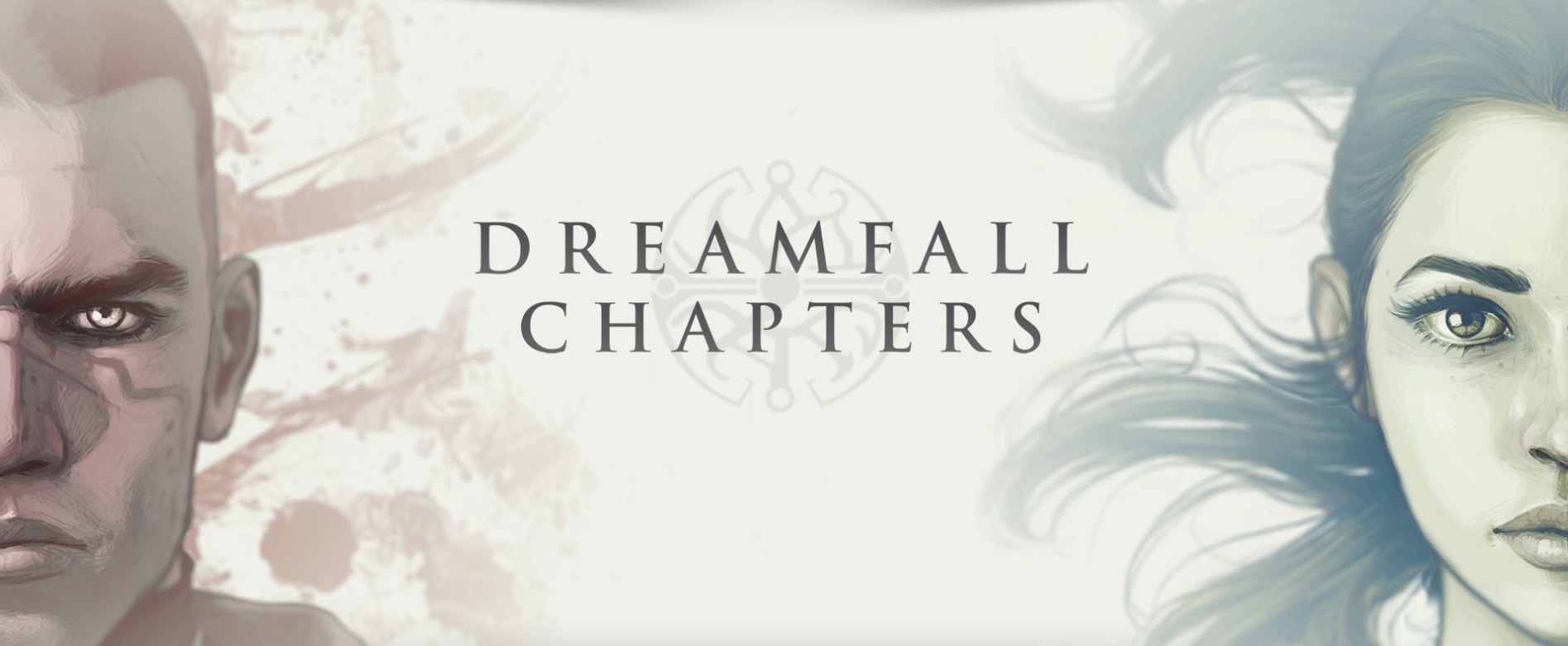

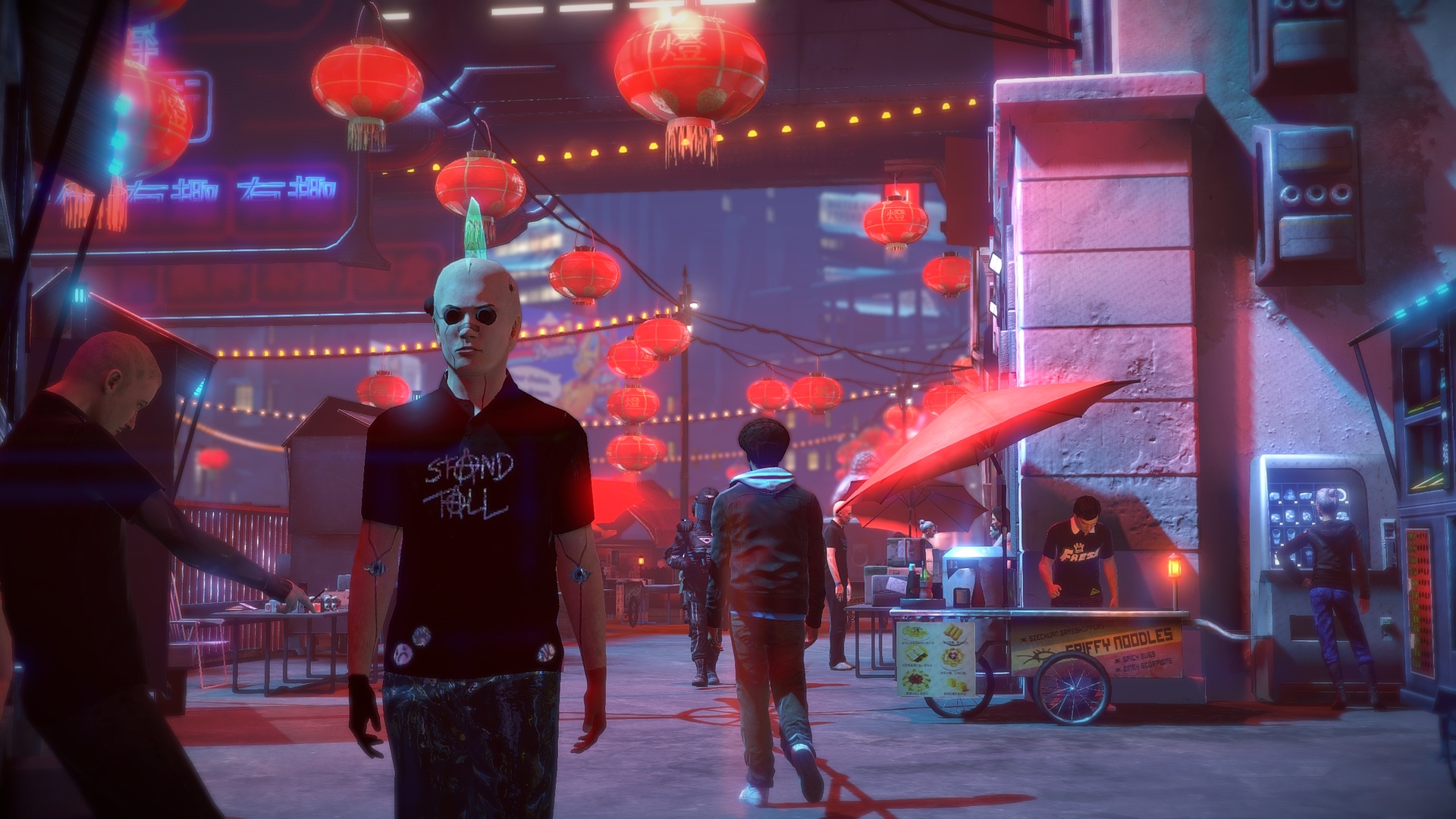
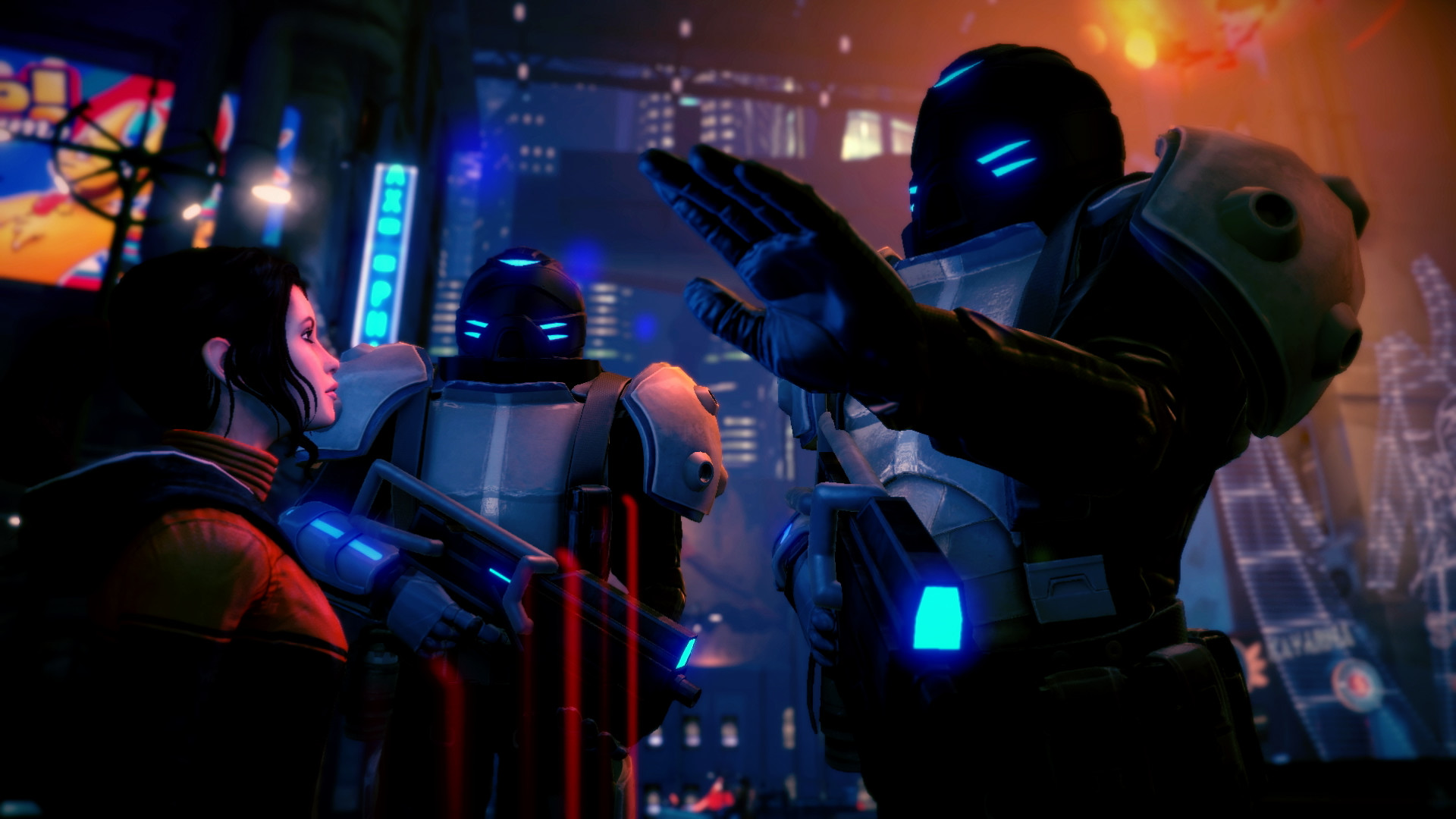


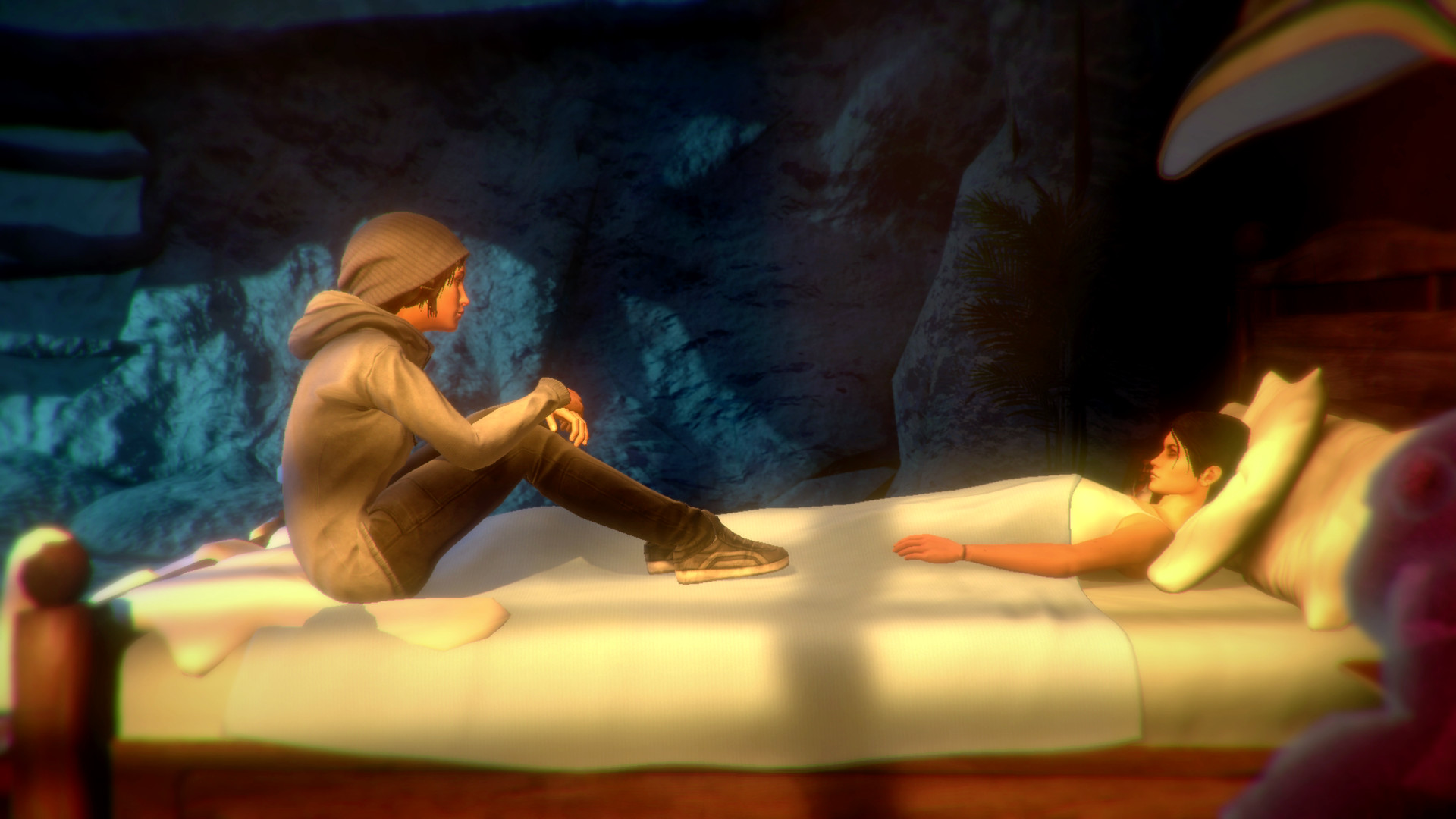
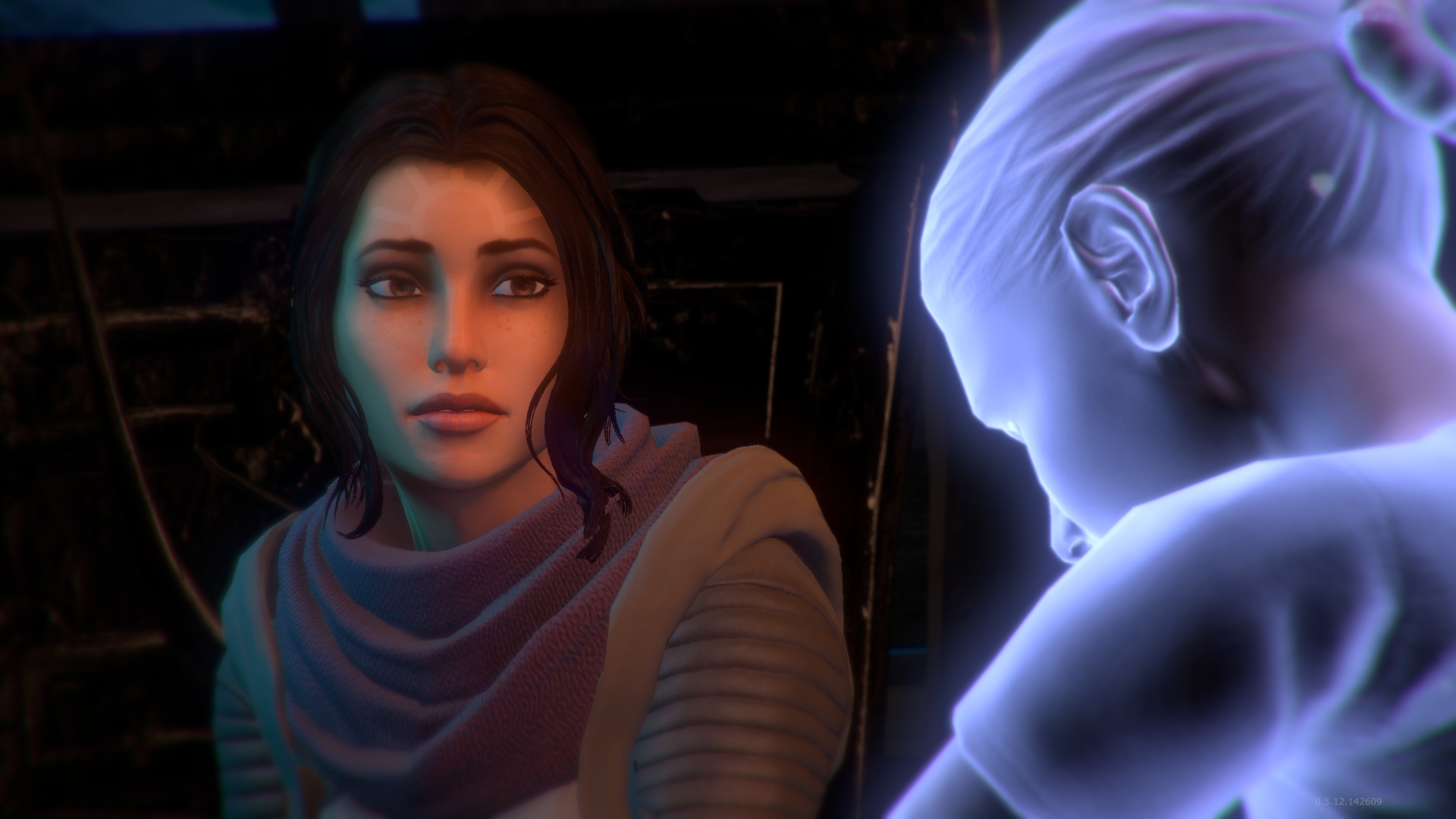
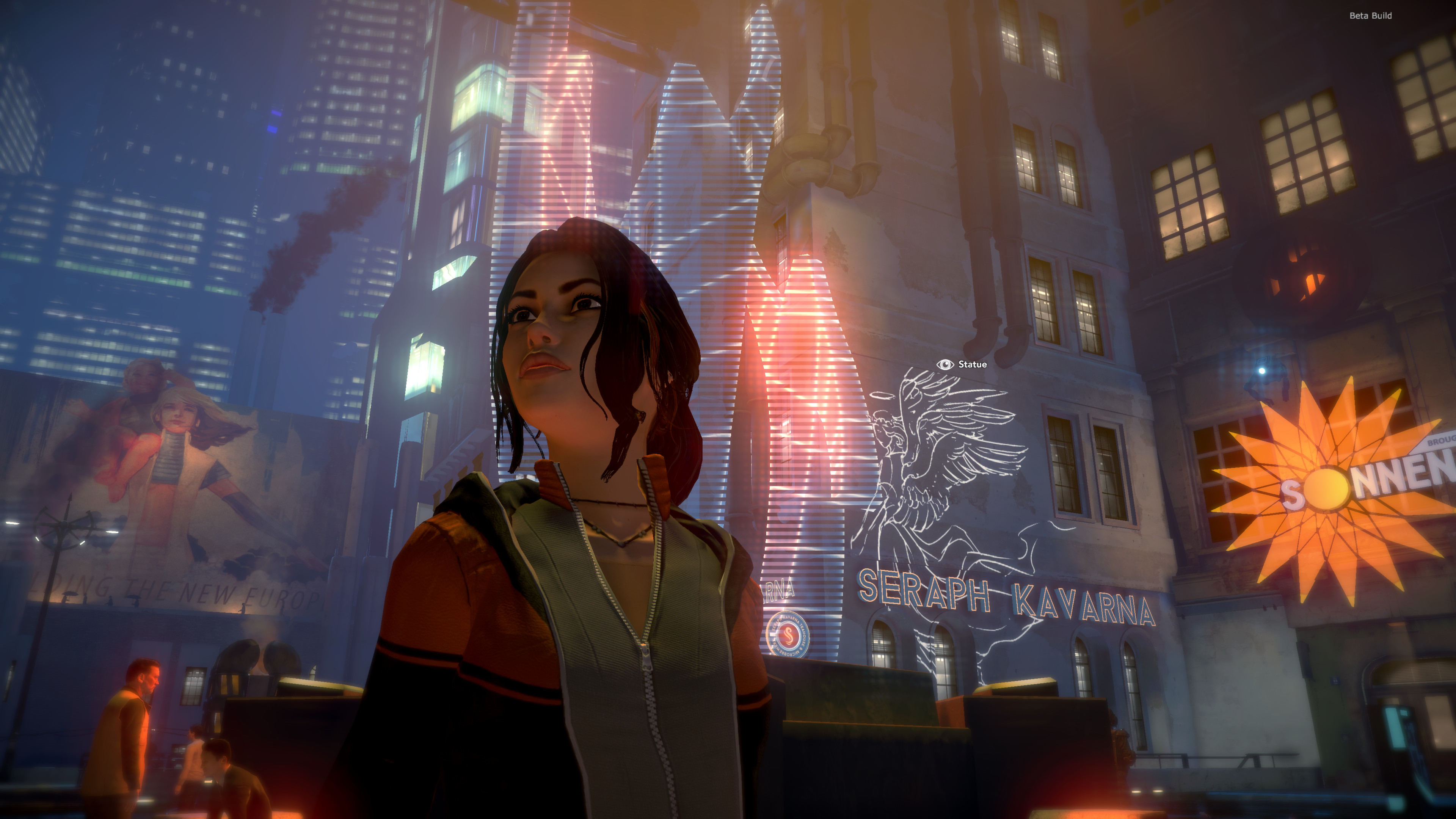



[…] to raise money for a project takes a lot of effort, as Ragnar Tørnquist so helpfully explained in our interview last week. Many of the successful campaigns are based on transparency–being up front with […]